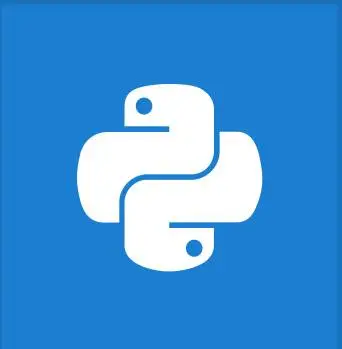


Python 中的 splitlines() 函数有助于返回字符串中的行列表,其中分割是根据换行符进行的。它接受一个布尔值作为其参数。
str.splitlines([keepends]) #where keepends is a boolean value
splitlines() 函数接受一个参数。默认情况下,不提供换行符。换行符也包含在列表项中,它可以是以下任何一种。
| \n | 换行符 (Line Feed) |
| \r | 回车符 (Carriage Return) |
| \r\n | 回车符 + 换行符 (Carriage Return + Line Feed) |
| \v 或 \x0b | 垂直制表符 (Line Tabulation) |
| \f 或 \x0c | 换页符 (Form Feed) |
| \x1c | 文件分隔符 (File Separator) |
| \x1d | 组分隔符 (Group Separator) |
| \x1e | 记录分隔符 (Record Separator) |
| \x85 | 下一行 (C1 控制代码) |
| \u2028 | 行分隔符 (Line Separator) |
| \u2029 | 段落分隔符 (Paragraph Separator) |
| 参数 | 描述 | 必需/可选 |
|---|---|---|
| keepends | 指定是否包含换行符(True),或不包含(False) | 可选 |
如果未给出换行符,它将返回一个包含单个项目(单行)的列表。
| 输入 | 返回值 |
|---|---|
| 如果 keepends 为 True | 字符串中的行列表 |
fruits = 'Apple\Orange\r\nBanana\rGrapes'
print(fruits .splitlines())
print(fruits .splitlines(True))
fruits = 'Apple Orange Banana Grapes'
print(fruits.splitlines())
输出
['Apple', 'Orange', 'Banana', 'Grapes'] ['Apple\n', 'Orange\r\n', 'Banana\r', 'Grapes'] ['Apple Orange Banana Grapes']
string = "Hi How are you\nIam fine.."
output = string.splitlines(True)
print(output)
输出
['Hi How are you\n', 'Iam fine..']